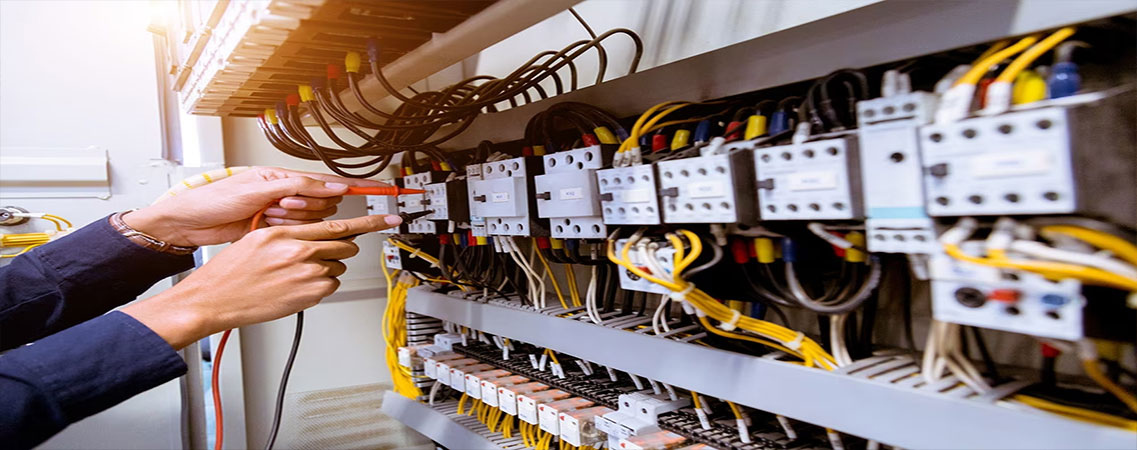In this digital age, where every click, like, and share leaves a trace, the intricate web of connections that underlies our online interactions has become more fascinating than ever. Welcome to the world of Social Network Analysis (SNA), a powerful tool that unveils the hidden relationships and dynamics within networks. In this article, we’re going to embark on a journey to understand the magic of Social Network Analysis and its close companion, Process Mining.
Introduction
In the era of digital interconnectedness, understanding how individuals and entities relate to each other is more crucial than ever. Social Network Analysis (SNA) provides us with a powerful lens to explore the structure and dynamics of these relationships. From friendships on social media to collaborations in the business world, SNA holds the key to uncovering hidden patterns and influential players.
The Essence of Social Network Analysis
At its core, Social Network Analysis is all about understanding connections. Networks consist of nodes, which represent individuals or entities, and edges, which signify the relationships between them. This web of connections can be as intricate as a spider’s silk, with nodes having varying degrees of influence and centrality.
Unveiling the Core Concepts
Nodes and Edges: Building Blocks of Networks
Imagine nodes as people and edges as the ties that bind them. Each edge represents a relationship – be it a friendship, a collaboration, or an interaction. Understanding how these nodes are connected can reveal clusters, influencers, and information flow within a network.
Degrees of Separation: Proximity in Networks
The concept of “six degrees of separation” illustrates how closely interconnected our world is. SNA explores these degrees, unveiling the shortest paths between nodes and the potential influence one node can have on another, no matter how distant.
Centrality Measures: Identifying Key Players
Not all nodes are equal in a network. Some hold more power, acting as bridges between distant nodes or connecting various clusters. Centrality measures, like degree, betweenness, and closeness centrality, help identify these key players.
Tools and Techniques
As the demand for analyzing networks grows, so does the toolkit for doing so. Let’s explore some essential tools and techniques in the world of Social Network Analysis.
Gephi: Visualizing Network Structures
Gephi, a widely used open-source software, transforms raw network data into captivating visualizations. These visual representations help researchers and analysts comprehend complex network structures quickly.
Community Detection: Identifying Clusters
Communities within networks are groups of nodes densely connected to each other. Detecting these communities helps reveal the underlying organization and substructures within a network.
Sentiment Analysis: Gauging Emotional Connections
In the realm of social media, sentiment analysis plays a crucial role. It involves assessing the emotional tone of interactions, which adds a layer of understanding to network dynamics.
Real-World Applications

The applications of Social Network Analysis are as diverse as the networks themselves. Let’s delve into some real-world scenarios where SNA provides valuable insights.
Understanding Online Social Communities
SNA allows us to understand the formation and evolution of online communities. By analyzing interactions and shared interests, we gain insights into how these communities are structured and how information spreads within them.
Analyzing Collaborative Teams in Businesses
In a corporate setting, collaboration is key. SNA helps dissect collaboration patterns, identify information bottlenecks, and highlight individuals who act as communication bridges between teams.
Uncovering Hidden Influencers
Not all influencers have millions of followers. SNA helps identify individuals who might not have a broad reach but possess a high degree of influence within specific niches or communities.
The Synergy Between Social Network Analysis and Process Mining
Social Network Analysis and Process Mining tool are like two sides of the same coin, both aimed at understanding and optimizing interactions. Their synergy brings forth valuable insights into complex systems.
Overlapping Goals and Insights
Both SNA and process mining seek to uncover hidden patterns, interactions, and relationships. While SNA focuses on the who and how of connections, process mining delves into the sequential aspect of activities.
Enhancing Business Processes through Process Mining
Process mining utilizes data logs to reconstruct and visualize processes, enabling businesses to identify bottlenecks, inefficiencies, and opportunities for improvement. When combined with SNA, it offers a holistic view of organizational dynamics.
The Process of Social Network Analysis
To truly grasp the magic of SNA, it’s essential to understand the steps involved in its process.
Data Collection: Gathering Interaction Data

The first step is collecting data – interactions, collaborations, or connections – depending on the network’s focus. This can involve mining social media data, communication logs, or any relevant sources.
Preprocessing: Cleaning and Structuring Data
Raw data is often messy. Preprocessing involves cleaning and structuring the data, and converting it into a format suitable for analysis. This step ensures accuracy in the insights derived.
Analysis: Extracting Insights and Patterns
Using mathematical and statistical methods, SNA analyzes the data, revealing patterns like centrality, clustering, and influence. These insights provide a deeper understanding of the network’s dynamics.
Visualization: Creating Understandable Representations
Visualizations breathe life into the data, making complex network structures and relationships comprehensible at a glance. These visual representations aid in communicating findings to a broader audience.
Ethical Considerations in Social Network Analysis
While SNA offers valuable insights, it also comes with ethical responsibilities.
Privacy Concerns and Data Ethics
Analyzing networks involves handling sensitive data. Ensuring the privacy of individuals and obtaining proper consent are paramount to conducting ethical SNA.
Ensuring Anonymity and Consent
Data anonymization is a crucial step to prevent the identification of individuals. Additionally, obtaining consent from individuals whose data is used is essential to uphold ethical standards.
Conclusion
Social Network Analysis is a captivating journey into the connections that shape our world. From online friendships to business collaborations, the insights derived from SNA empower us to understand, optimize, and make informed decisions in various domains.
If you have any questions about Process Mining, you can book a tour with us right now.



